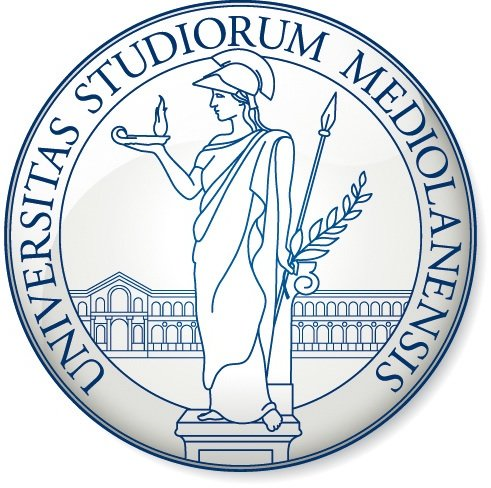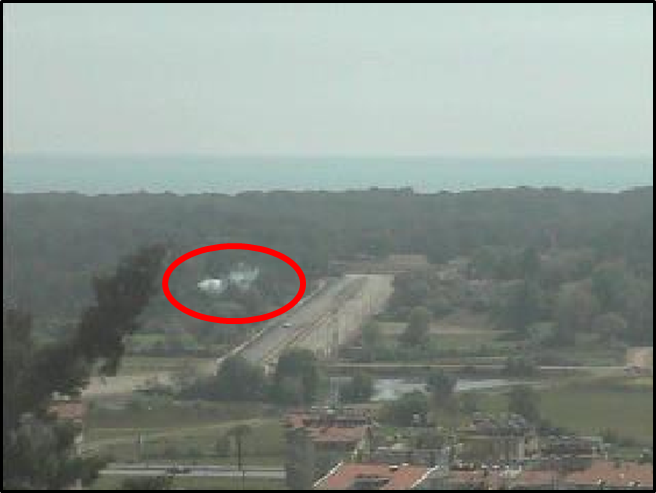

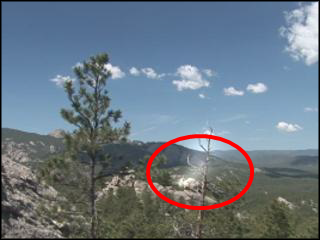
Link to source code (Matlab):
Smoke Simulation [GitHub]
Wildfire Smoke Detection [GitHub]
The project
The project aims to study, design and test a computer vision-based system for the detection of wildfire smokes. The main goals of the project are to achieve a robust and accurate detection system capable to adapt to different environmental situations, with the use of low-quality frame sequences and limited hardware power.
Since the availability of wildfire smoke footages is limited, the project includes also the design and development of a virtual environment for the generation of synthetic smoke clouds based on real frame sequences, in order to give the possibility to create a greater number of test and train sequences for the proposed system. Moreover, we collected information about available current datasets in order to fairly test and compare different algorithms.
This site is to encourage the exchange of ideas, methods, datasets and results with other researchers interested in the same topics or parallel activities.
The project is part of the initiative "ASEM - Adaptive Systems for Environmental Monitoring", contract Unimi per il Futuro - 5 per Mille 2009-ATE-0073, sponsored by Università degli Studi di Milano (University of Milan), coordinated by Dr. F. Scotti.
Smoke detection
Forest fires can be a very severe and serious problem in regions with hot climate and extensive vegetation. Each year, about 0.1% of the world forest surface is destroyed by fires, often involving important damages and casualties.
Within this project, we propose a new approach for real-time detection of forest fire smoke, which is designed to be effective also with low hardware power and low cost platforms. Since the smoke is visible before the forest fires, our approach focuses on the smoke detection. In order to keep the approach feasible for low cost hardware, we consider only images captured under visible light.
The approach takes into account bad quality frame sequences, extracting different features from the input frame sequences, and then classifies each pixel into two different categories: ''fire'' and ''not fire''. Different computational intelligence techniques have been studied, in particular the adoption of neural networks.
Examples of a classification output:
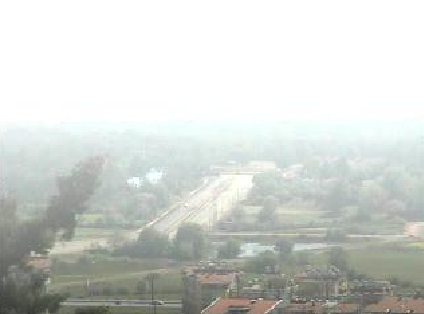

Synthetic smoke cloud generation
Link to source code (Matlab):
Smoke Simulation [GitHub]
It is difficult to perform such tests in real situations and even to collect frame sequences regarding every possible situation. For these reasons, we propose an approach to virtually recreate frame sequences of different smoking scenarios starting from real videos, in order to test the effectiveness of smoke detection techniques in the greatest number of possible situations using synthetic data.
The proposed approach is designed to simulate frame sequences related to vaste areas by implementing a simulation of the principles of fluid advection, fluid diffusion and buoyancy. The proposed algorithms are also constrained by the general physical laws of mass and momentum conservation. The model is completed with the simulation of pseudo-random effects in order to reproduce the apparently unconstrained behaviour of smoke dispersion, which can be caused by different factors (for instance, by the wind). The obtained synthetic smoke plume is then merged with a real frame sequence and postprocessing techniques are used to simulate the effects produced by bad atmospheric conditions and low quality equipments.
Frame sequences
The datasets are composed partially by frame sequences collected from websites and also by frame sequences computed using our smoke simulation method. Smoke sequences are collected from the following websites, which contain many useful resources for wildfire monitoring:
- Computer Vision based fire detection software, Bilkent University
- Wildfire Observers and Smoke Recognition Homepage
Non-smoke sequences are composed of frames taken from environmental footages, available at:
Real frame sequences
Frame sequence DST1
The DST1 frame sequence is composed of low-quality frame sequences, containing both smoke and non-smoke frame sequences. Some examples are shown:
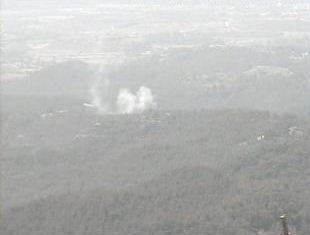
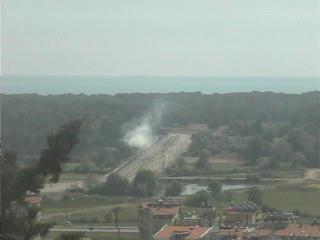
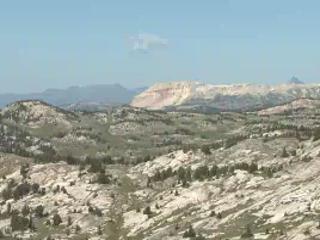
Frame sequence DST2
The DST2 frame sequence is composed of medium-quality frame sequences, containing both smoke and non-smoke frame sequences, with a higher number of false-alarms. Some examples are shown:
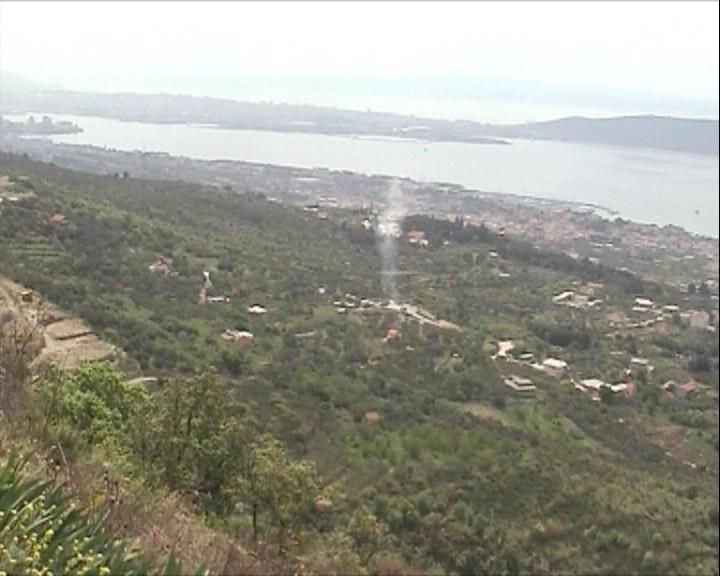


Synthetic frame sequences
Frame sequence DST3
The synthetic smoke frame sequence DST3 is generated using our proposed method for the creation of synthetic smoke clouds, and then merged with an existing background. Both smoke and non-smoke frames are present. Some examples are shown:
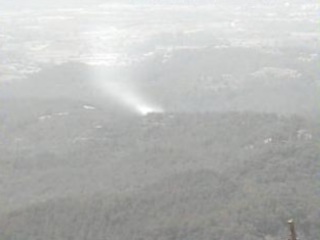

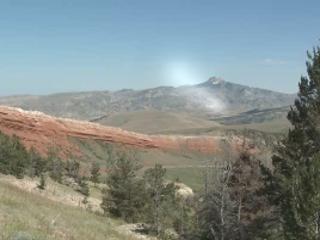
Frame sequences with simulated adverse conditions
The effects of fog, increased and decreased luminance, and acquisition noise are simulated. The datasets are created using the DST1 frame sequence. Both smoke and non-smoke frames are present.
Frame sequence DST3 + Fog
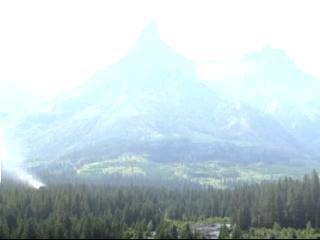
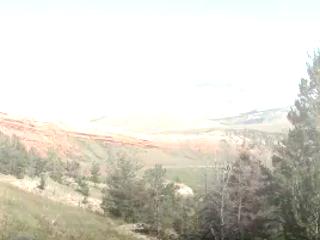
Frame sequence DST3 - Lum
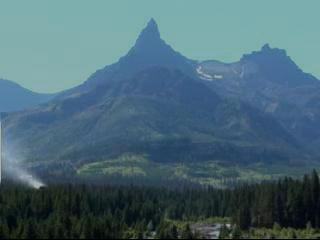
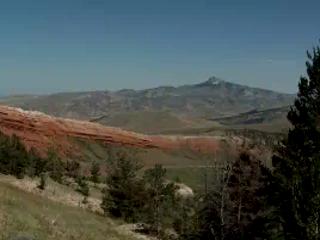
Frame sequence DST3 + Lum
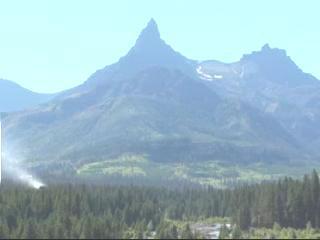

Frame sequence DST3 + Noise
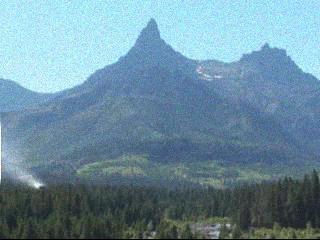
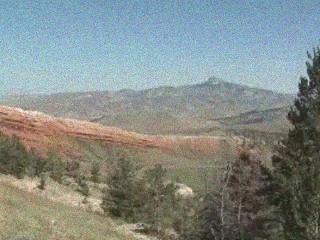
Examples of the proposed algorithms
Smoke detection algorithms
The proposed approach extracts different features from the input frame sequences and then classifies each pixel into two different categories: ''fire'' and ''not fire''. The feature extraction method is divisible in the sequent steps:
- moving region detection;
- smoke-color analysis;
- sharp edge detection;
- growing region detection;
- rising region detection;
- perimeter disorder analysis.
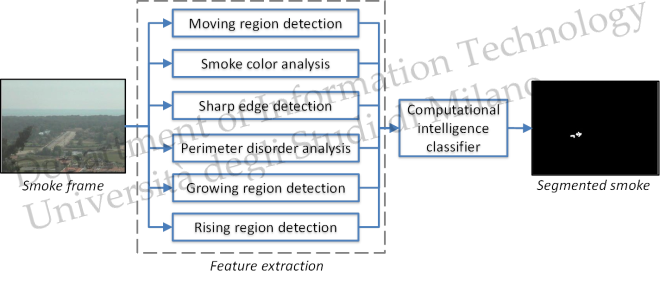
Synthetic smoke generation algorithms
The proposed approach performs a visually realistic simulation of a distant smoke plume. Since at great distances most of the features of the smoke are not visible, our approach doesn't focus on a rigorous implementation of physical principles, but it is based on physical models and image processing techniques. The proposed approach can be divided in the following steps:
- initial plume computation;
- external forces computation;
- velocity estimation;
- merging with the frame sequence.
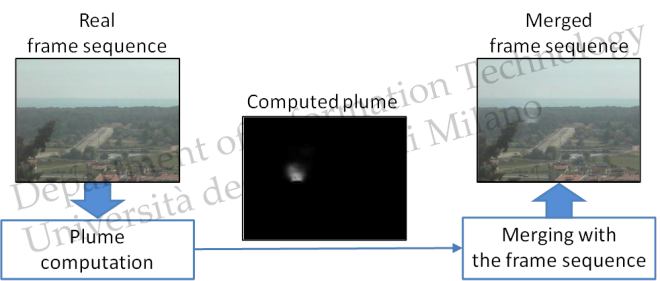
Related publications
Refereed International Journals Articles
-
R. Donida Labati, A. Genovese, V. Piuri, and F. Scotti, "Wildfire Smoke Detection using Computational Intelligence Techniques Enhanced with Synthetic Smoke Plume Generation", in IEEE Transactions on Systems, Man, and Cybernetics: Systems, vol. 43, no. 4, July 2013, pp. 1003-1012, ISSN: 2168-2216 [DOI: 10.1109/TSMCA.2012.2224335][PDF] [BibTex entry]
Refereed papers in proceedings of international conferences and workshops
-
A. Genovese, R. Donida Labati, V. Piuri, and F. Scotti, "Wildfire smoke detection using computational intelligence techniques", in IEEE International Conference on Computational Intelligence for Measurement Systems and Applications (CIMSA 2011), Ottawa, Canada, September, 2011, pp. 1-6. ISSN: 2159-1547. [DOI: 10.1109/CIMSA.2011.6059930][PDF] [BibTex entry]
-
A. Genovese, R. Donida Labati, V. Piuri, and F. Scotti, "Virtual environment for synthetic smoke clouds generation", in IEEE International Conference on Virtual Environments, Human-Computer Interfaces and Measure ment Systems (VECIMS 2011), Ottawa, Canada, September, 2011, pp. 1-6. ISSN: 1944-9429. [DOI: 10.1109/VECIMS.2011.6053841][PDF] [BibTex entry]
This activity is part of the projects studied in the Industrial and Environmental Informatics Laboratory. A summary of the projects carried on is available at the home page of the Industrial, Environmental, and Biometrics Informatics Laboratory.
People
- Fabio Scotti (proposer and maintainer), fabio.scotti AT unimi.it
- Ruggero Donida Labati, ruggero.donida AT unimi.it
- Angelo Genovese, angelo.genovese AT unimi.it
- Vincenzo Piuri, vincenzo.piuri AT unimi.it
Downloads
Link to source code (Matlab):
Smoke Simulation [GitHub]
Wildfire Smoke Detection [GitHub]
It is possible to download some examples of synthetic wildfire smoke frame sequences generated using our proposed approach:
- Examples of DST3 dataset, with pixel-level classification
- Frame sequences of synthetic wildfire smoke, with frame-level classification
Related projects
A very interesting project on similar topics is the "FIRESENSE" project, a Specific Targeted Research Project (STReP) of the European Union's 7th Framework Programme Environment (including Climate Change):
A very useful resource is the website dedicated to the "Wildfire Observers and Smoke Recognition", established and maintained by the Center for wildfire research at University of Split, Faculty of Electrical Engineering, Mechanical Engineering and Naval Architecture:
Another very useful resource in the field is tbe homepage of the "Computer Vision Based Fire Detection Software", a project of the Signal and Image Processing Group, at Bilkent University:
A vision-based fire and flame detection software is also being researched by the Computer Vision and Pattern Recognition Laboratory, Keimyung University, Korea:
Commercial systems are also available (non-exhaustive list):
